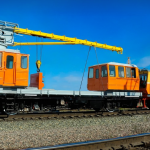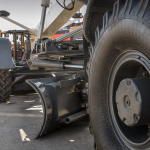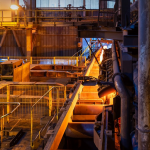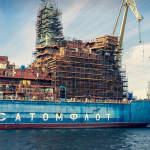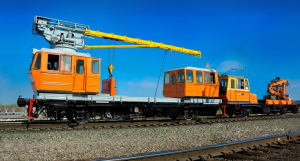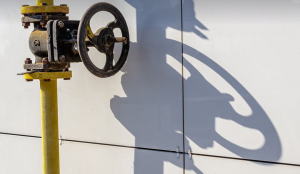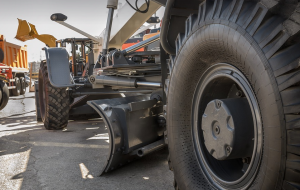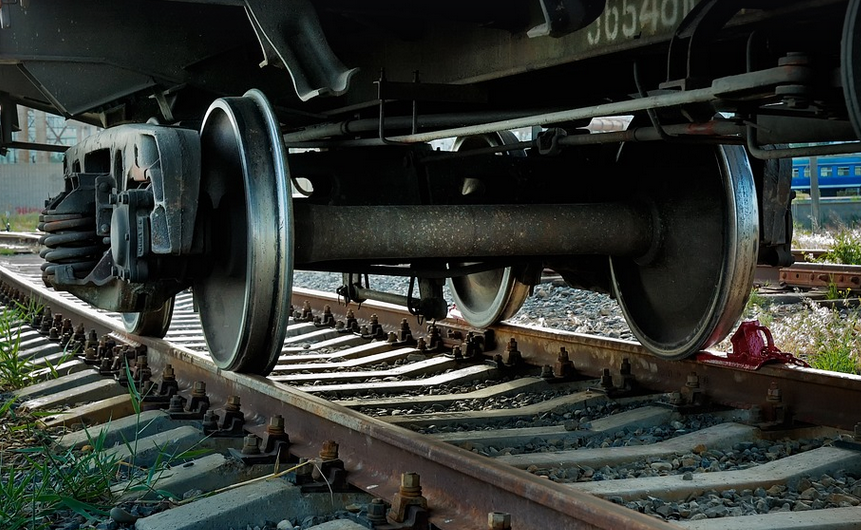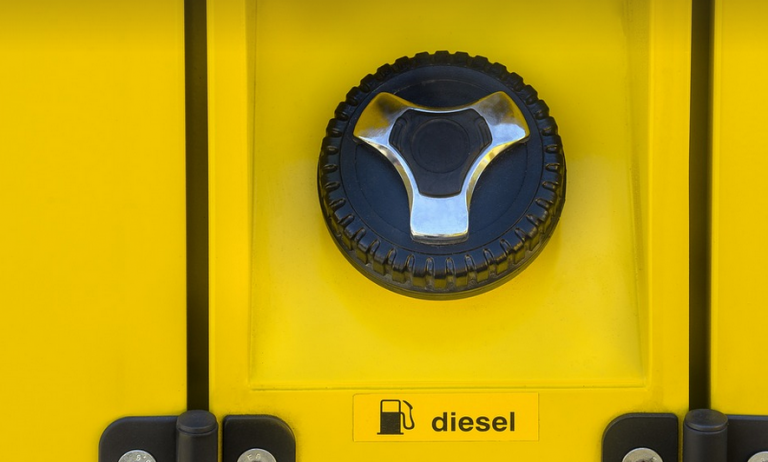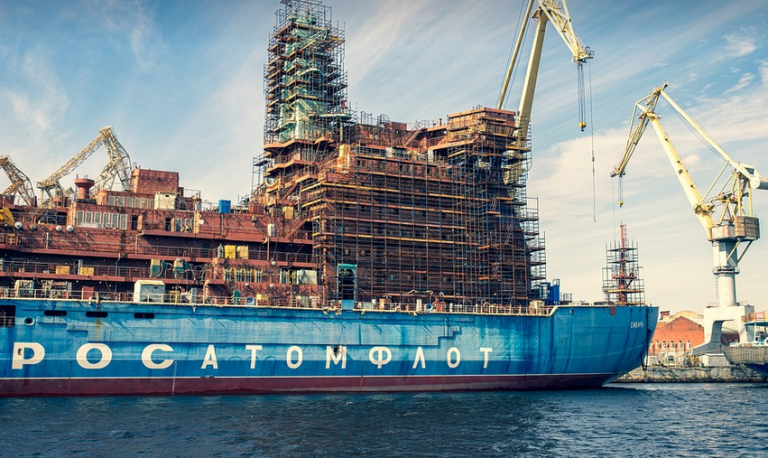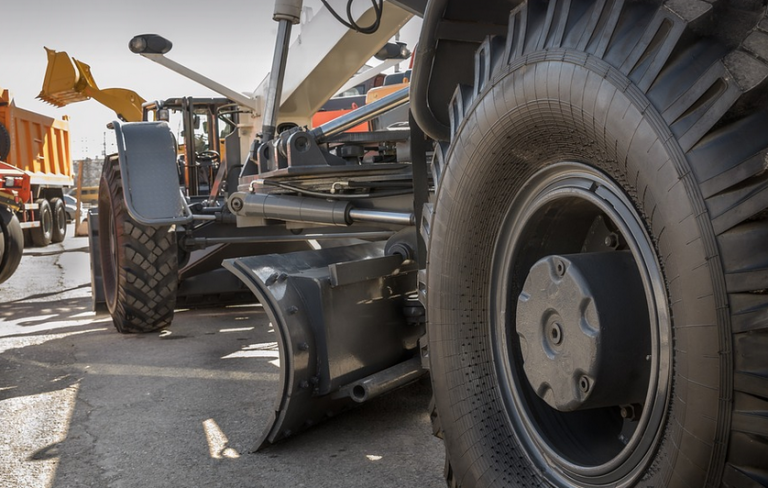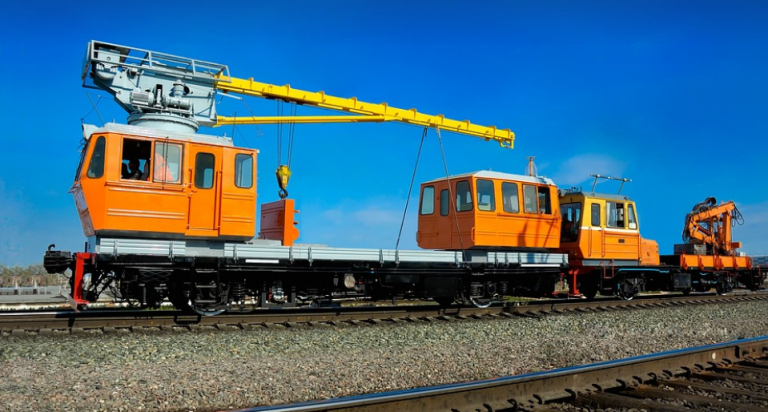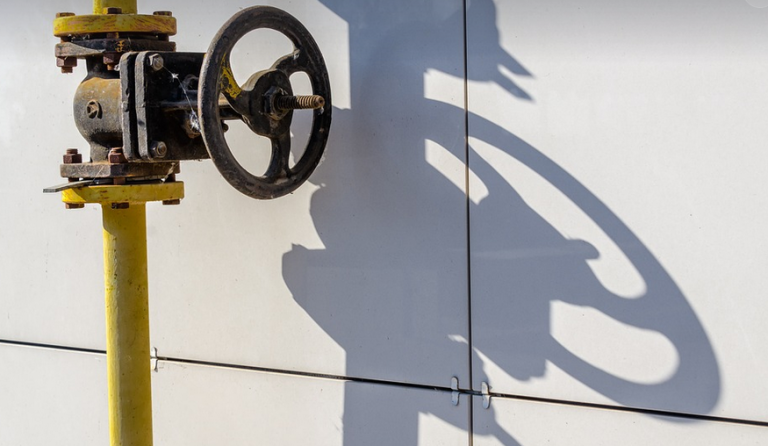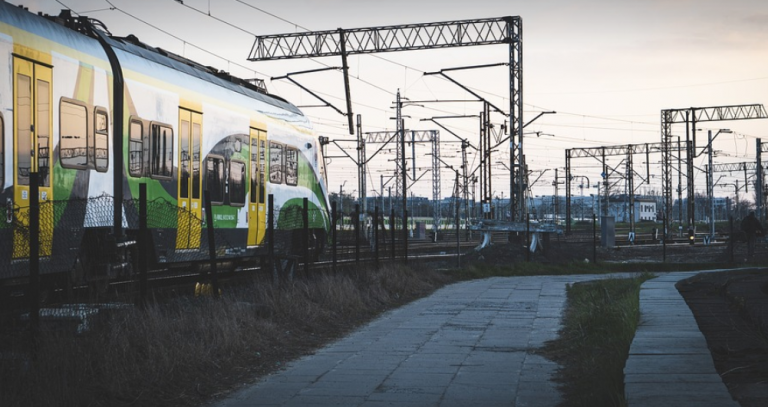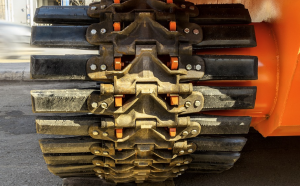What are Flame Resistant Welding Jackets?
Welding, a process that involves joining metals by applying intense heat and pressure, carries inherent risks. These come in many forms, but one of the most significant is the potential for ignition and fire accidents. This is where flame-resistant welding jackets step in as essential protective gear. These specialized garments are designed to withstand high temperatures and flames without undergoing combustion themselves.
Why Flame Resistant Welding Jackets Are a Must-Have
Welding environments are often characterized by intense heat, sparks, flying debris, and flammable materials. This means that choosing the right welding jacket is vital for your safety on the job. A flame-resistant jacket provides multiple layers of protection, including:
- Heat Resistance: These jackets are made from special fabrics like Nomex or Kevlar which have a high melting point and can withstand temperatures up to 1000°C (1832°F). This resistance protects you against heat burns and radiant energy.
- Flame Retardancy: The fabric is treated with flame retardant chemicals, making them less likely to ignite compared to traditional materials like cotton. As a result, if a spark or flame does hit the jacket, it will either fail to catch fire or extinguish quickly.
- Impact Protection: Some jackets incorporate additional layers of protection, such as embedded stitching and reinforced seams, to protect against impacts from flying sparks or debris. This ensures that even in an accident, you’re protected against injuries.
Choosing the Right Flame Resistant Jacket
Buying a welding flame-resistant jacket is an investment. There are many types and styles available, each with its own advantages. Finding the right one for your specific needs depends on several factors:
- Type of Welding: Different types of welding require different levels of protection. For example, MIG welding, TIG welding, and stick welding all pose unique challenges. Make sure you choose a jacket designed for your specific welding style for the best results.
- Work Environment: The environment in which you’ll be working often dictates your choice. Are you working outdoors? Indoors? In an industrial setting or on a construction site?
- Weather Conditions: Consider the weather conditions when selecting a jacket. Some jackets offer added insulation and wind-proofing to keep you warm and dry in cold climates, while others prioritize breathability for hot conditions.
Caring for Your Flame Resistant Jacket
Proper care of your flame-resistant jacket is crucial for maintaining its effectiveness and longevity. Here are some essential maintenance tips:
- Regular Inspection: Check your jacket after each use for any signs of damage, including tears, rips, or melted edges. Inspect the seams and stitching regularly for wear.
- Cleaning:** Follow the manufacturer’s instructions for washing and cleaning the jacket. Generally, avoid harsh detergents and prolonged exposure to water, as this can weaken the fabric. Air-drying or gentle machine washes are typically recommended.
- Storage: Store your flame-resistant jacket in a dry, cool place away from direct sunlight and humidity to prevent damage and maintain its integrity over time. Properly stored jackets will stay functional longer.
Safety First!
Welding is inherently risky, and taking precaution is key. Beyond wearing a flame-resistant jacket, remember these critical safety tips:
- Always wear your welding garment inside out: This helps prevent accidental sparks from igniting the inner lining of your jacket**
- Safety Gear: Never work alone. Have a buddy or colleague nearby in case of emergency. Make sure you have appropriate eye protection, ear protection, and a fire extinguisher on hand to keep yourself safe.
- Fire Safety Precautions: Familiarize yourself with the procedures for using welding equipment. Keep your workspace clean and free from clutter, flammable materials, and sparks, as these can easily ignite fires.
Conclusion
Flame-resistant welding jackets are not just a safety requirement; they’re an investment in your well-being on the job. Choosing the right jacket for your specific welding style, work environment, and weather conditions is crucial. By understanding the benefits of these protective garments and following proper maintenance practices, you can ensure maximum safety and longevity for your gear. Remember, safety first!
